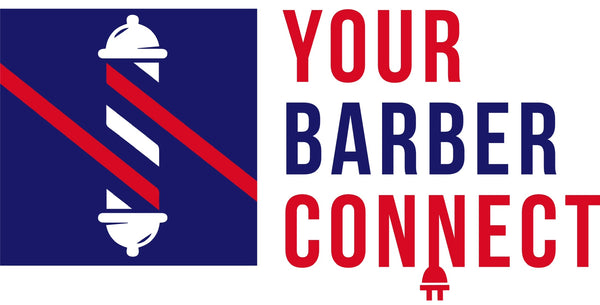
Navigating Financial Challenges: A Guide for Barbers
Share
The barbering profession, often characterized by its artistic and personal service nature, comes with unique financial challenges. In this blog, we delve into the common financial pain points for barbers, their long-term effects, and provide an outlook on retirement possibilities. Moreover, we'll share best practices to help barbers achieve financial health and stability.
Financial Pain Points for Barbers:
- Irregular Income: Unlike traditional 9-to-5 jobs, barbers often face fluctuating incomes based on client volume, which can vary seasonally.
- Lack of Benefits: Many barbers work as independent contractors, meaning they don't receive benefits like health insurance or retirement contributions from employers.
- Equipment and Space Costs: The cost of maintaining or renting a chair in a barbershop, along with purchasing and updating equipment, can be significant.
Long-Term Effects: The financial instability inherent in barbering can lead to long-term effects such as difficulty in saving for retirement, challenges in obtaining credit for personal or business purposes, and increased stress due to financial uncertainty.
Retirement Outlook for Barbers: Statistical data on the percentage of barbers who can retire comfortably is scarce. However, given the challenges mentioned, it's likely that a lower percentage of barbers achieve a financially secure retirement compared to professions with more stable incomes and benefits.
Best Practices for Financial Health:
- Budgeting and Saving: Creating a budget based on average income and sticking to it is crucial. Prioritize saving a portion of income each month.
- Invest in a Retirement Plan: Consider setting up a self-employed retirement plan, such as a SEP IRA or a Solo 401(k).
- Diversify Income Sources: Look into opportunities to diversify income, such as selling hair care products or offering educational workshops.
- Continuous Learning: Stay updated with the latest trends and techniques to attract a broader client base.
- Health Insurance: Explore health insurance options for self-employed individuals to avoid financial strain due to medical emergencies.
- Emergency Fund: Aim to build an emergency fund that can cover at least 3-6 months of expenses.
- Professional Advice: Seek advice from financial advisors experienced in working with self-employed professionals.
Conclusion: While the path to financial stability for barbers is fraught with unique challenges, it's not insurmountable. By adopting sound financial practices, seeking professional advice, and continuously innovating in their craft, barbers can pave the way to a financially healthy and secure future.
